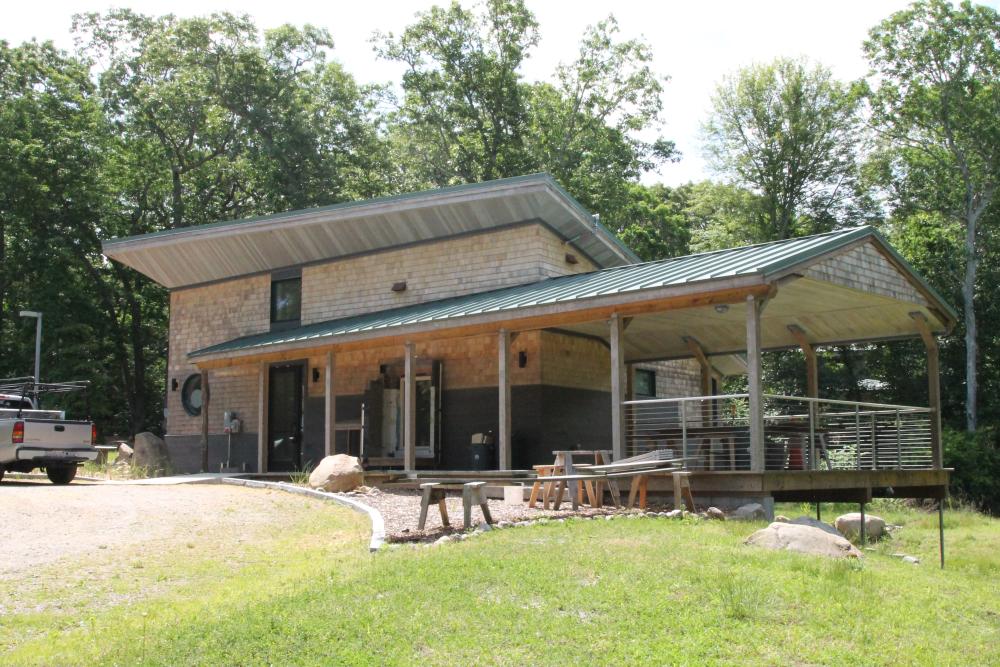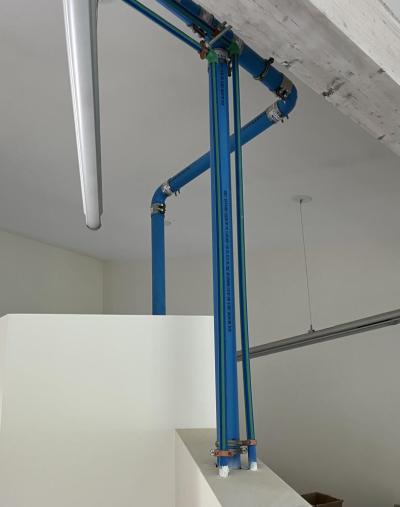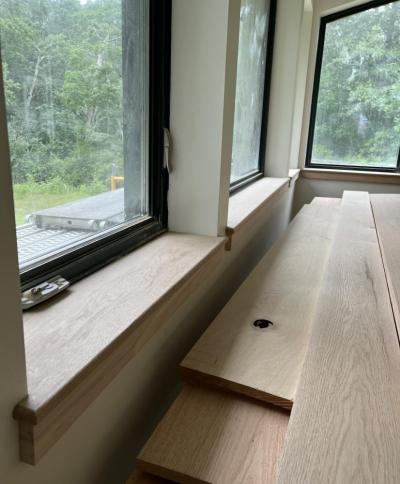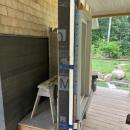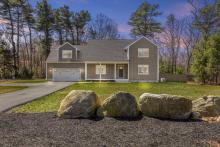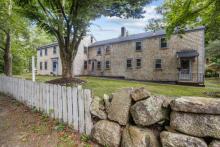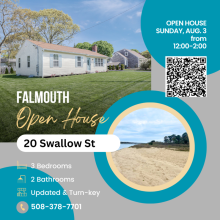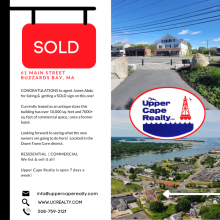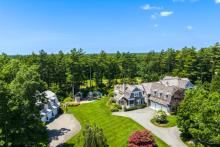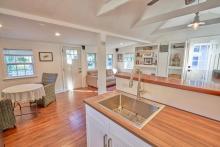Lloyd Center’s ‘living building’ inches toward completion
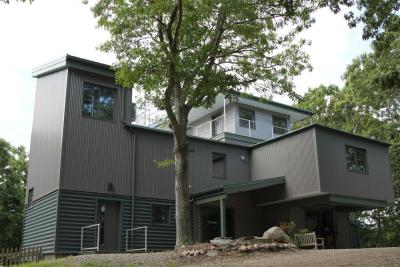
The Lloyd Center’s long-time construction project, a “Living Building” welcome center, is finally set to open this fall.
The building has been under construction since 2016, and has seen over 1,000 Greater New Bedford Regional Vocational Technical High School students work on the project.
“The building is 97 percent done,” said Education and Outreach Director and Property Manager Liz Moniz.
“I was going to say 98,” responded Executive Director Rachel Stronach.
The center will meet the living building challenge requirements, a certification program of the International Living Future Institute that is the highest level of accreditation for environmentally friendly construction.
The certification itself is a one-year process, during which the Lloyd Center will need to measure and document the building’s performance in the Institute's seven “petals,” or areas of focus, such as materials, energy and equity. Thus far, there are only 29 other full living certified buildings in the world.
“But none built by students,” Stronach said.
While a functional building in its own right, the welcome center will also be a testament to the tenets of sustainable construction.
Voc-Tech students will use the building in perpetuity for teaching purposes, Stronach said. The center also plans to host educational programs for both students and adults to talk about the building’s innovations.
Before it can open in the fall, the welcome center is waiting on some finishing touches, including partitions for bathroom stalls and final plumbing work. Because the project tries to severely limit the amount of waste created, the center is also trying to use up its leftover materials. Any wood they don’t use, Moniz said they can compost by burying it underground and planting flowers on top.
“Since this project started, I’ve thrown one bag in the trash,” Moniz said.
At the same time, the Lloyd center is working on renovating its main building, which Stronach said should be completed in about a year and a half. The main building renovation will be “as close to a passive house as possible,” Stronach said. A “passive house” is a standard of energy efficiency in which very little air is able to escape the building, requiring less energy for heating or cooling.
“[The welcome center] is the pinnacle of an environmental structure,” Stronach said. “What we're doing with the main building is what you can do to maximize an existing structure.”
The welcome center’s handling of water is another key component of its waste reduction strategy.
Toilets and sinks are hooked up to separate exit pipes. Water that goes down the sink drain will go outside, where plants can break down the soap particles and the water can be deposited into the ground.
Water and waste flushed down the toilet, on the other hand, will go into tanks in the basement, where liquid and solid waste will be separated, and solids will be turned into ash.
The building will generate more power than it needs when finished, and will donate the extra power to other buildings at the Lloyd Center’s campus.
“A lot of the solar array and plumbing is exposed on purpose,” Stronach said. “There are aspects of this building that you can incorporate in your home, or if you're doing new construction.”
The Lloyd Center’s initial fundraising goal for the welcome center and other improvements was $3 million, which it surpassed. Now, it’s seeking an additional $2 million, and has raised a quarter of that so far, including a Massachusetts Cultural Council grant for $225,000.
The center’s annual clambake is another fundraising avenue, along with the associated online auction. Donations can be made directly on the center’s website, lloydcenter.org.



